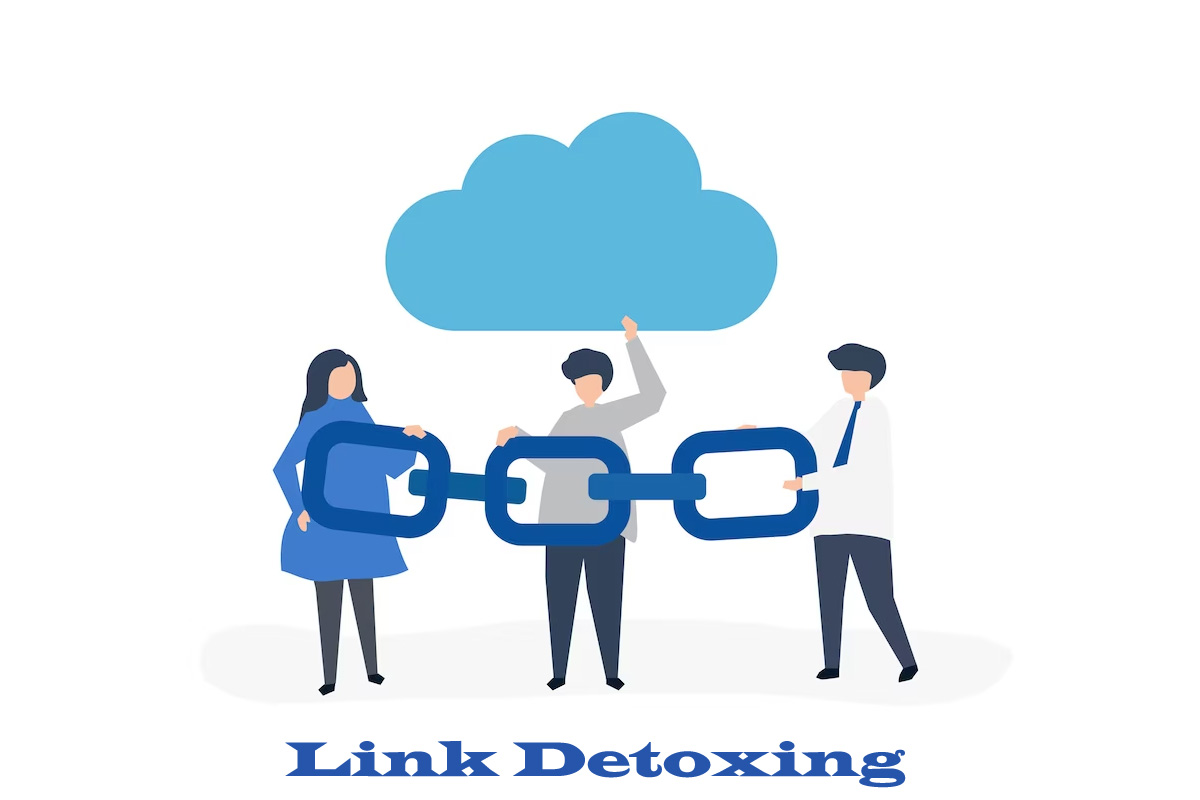Link Detoxing
Link Detoxing is called link auditing. It is a method of evaluating and removing harmful links or low-quality backlinks from your website. It plays a major role in search engines. And if you have a large number of backlinks, then it can badly affect your website and its ranking.
Link detoxing requires different evaluation methods like examining and identifying the bad backlinks profile and taking appropriate actions to remove it. So it does not affect your website rankings. We’d like to see how we can detox the website link profile and improve its rankings.
What are the Steps to Link Detoxing?
The first step is to gather your website backlinks data with the help of tools or services by SEO professionals. This will give data about all the backlinks and let you know which ones are good or bad for your website.
Next, you need to analyze different factors of the backlinks you are using: website reputation, relevancy of the target website, and use of anchor text. And overall link profile. Then it would be best if you had to identify the toxic links from low-quality suspicious and harmful links that can potentially harm your website.
Once you disavow the link or remove it, the search engine will not consider the specific link when assessing the website’s search rankings. Website owners aim to improve their site’s link profile by conducting link detoxing. It enhances SEO efforts and safeguards against potential penalties from search engines.
Benefits of Link Detoxing
By removing toxic or low-quality backlinks, a website can enhance its overall link profile, which may positively impact its search engine rankings. Search engines like Google value high-quality and relevant backlinks. So eliminating harmful links can help improve visibility in search results.
Removing spammy or irrelevant backlinks improves a website’s overall authority and trustworthiness. A clean and reputable link profile can contribute to establishing the site as an authoritative source in its industry or niche.
Search engines penalize websites with manipulative or spammy link-building practices. Conducting link detoxing helps identify and eliminate such links, reducing the risk of being penalized and ensuring compliance with search engine guidelines.
A website’s visibility and organic traffic can increase by improving search engine rankings. When a site ranks higher in search results. It tends to receive more clicks and visits from users searching for relevant information or products.
Removing low-quality backlinks and focusing on high-quality ones can improve user experience. Users are likelier to trust and engage with a website with reliable, relevant, and valuable content. It can positively impact metrics like bounce rate and time spent.
As search engine algorithms evolve, they become more sophisticated in evaluating the quality and relevance of backlinks. By regularly detoxing and maintaining a healthy link profile, websites can stay ahead of algorithm updates and maintain strong SEO performance.
Conclusion
In conclusion, link detoxing can be complex, and it’s advisable to consult with SEO professionals or agencies if you need clarification or deal with many backlinks. Their expertise can help ensure an effective and accurate link detox process. It’s important to note that link detoxing should be approached carefully and with proper analysis to avoid mistakenly removing beneficial links.

